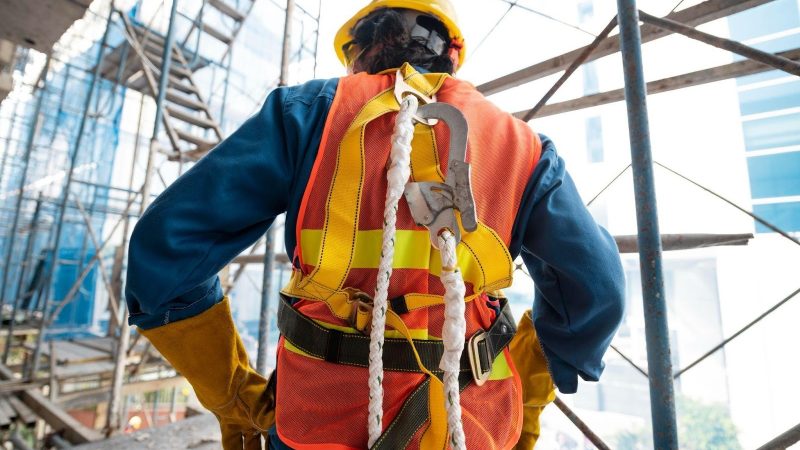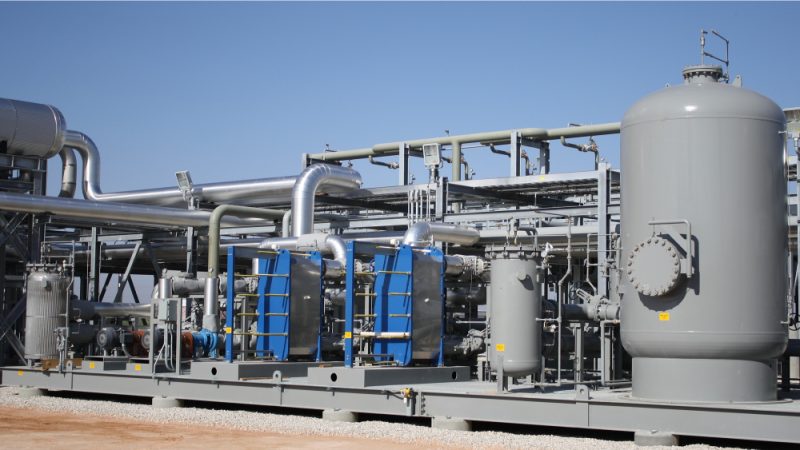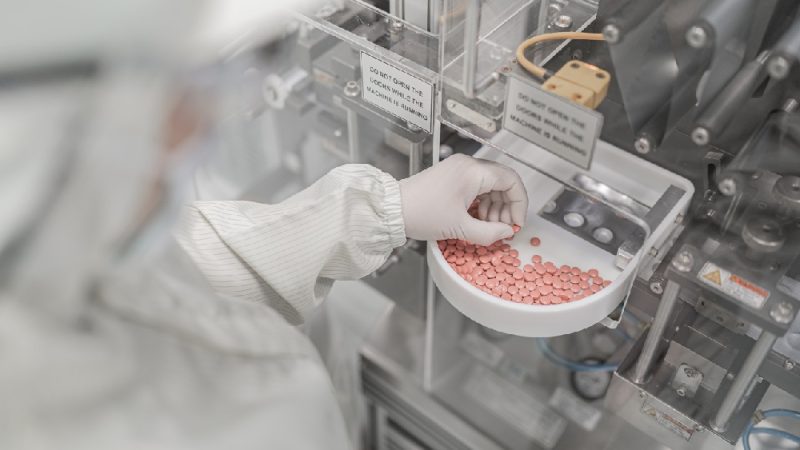Plastic Packaging Is Part Of The Pollution Problem

Because plastic pollutes our oceans, landfills, and even our air, we must discover ways to consume less of it. The simplest way to begin is to speak directly with the source. The production of goods, notably in the packaging sector, already has an impact on plastic waste management. We must always do more to prevent waste if we are to reduce the vast amount of plastic trash that currently blights our globe. Following these basic principles could help the industrial sector reduce waste from plastic packaging and containers.
What is the significance of this issue? It is critical since this form of plastic trash constitutes a sizable component of municipal solid waste. The plastic container industry alone created an estimated 14.5 million tons of rubbish in 2018. The Environmental Protection Agency defines packaging trash as products that are intended to be thrown soon after their contents have been utilized. Soft plastic transport containers, polyethylene terephthalate water bottles, and soft plastic food packaging are the three categories of these things.
Several estimates indicate that the volume of packing and shipping materials used to protect cargo contents has recently increased significantly. This could be attributed to an increase in the usage of online shopping and food delivery services. According to a 2021 study, Amazon’s production of plastic packaging waste increased by 29% during the COVID-19 pandemic, contrary to estimates for 2019.
Food distribution waste will continue to rise in proportion to the world’s population unless something is done soon. This sector consumes a lot of recyclable soft plastic packaging. These multi-material objects, often known as “film” or “flexible packaging,” are used in approximately 50% of food packaging and 41% of all packaging to keep bacteria and moisture out.
What packaging changes can be made to reduce waste? To begin with, companies must make every effort to enhance their plastic waste management. One potential approach is to be more stringent about recycling, reuse, and reduction. Another strategy is to create ecologically friendly items.
Although recyclable materials like glass, paper, and cardboard are cheaper to produce, they may not be as cost-effective. Because to technological advances, it is now possible to keep food-safe packaging while producing less waste and energy. Ultrasonic sealing can be used in place of thermal sealing. This technology, when combined with paper products, can help firms accomplish their sustainability goals by producing more ecologically friendly finished products.
Unfortunately, there is no simple solution to the pollution caused by plastic trash. We must work together to repair the damage that has already been done. However, focusing on package updates at the point of manufacture and employing cutting-edge manufacturing procedures offers quick effects.
Further techniques for reducing waste from plastic packaging are included in the infographic below.








